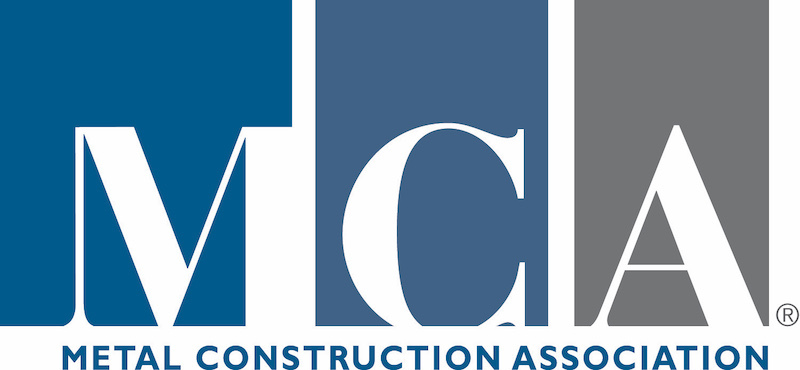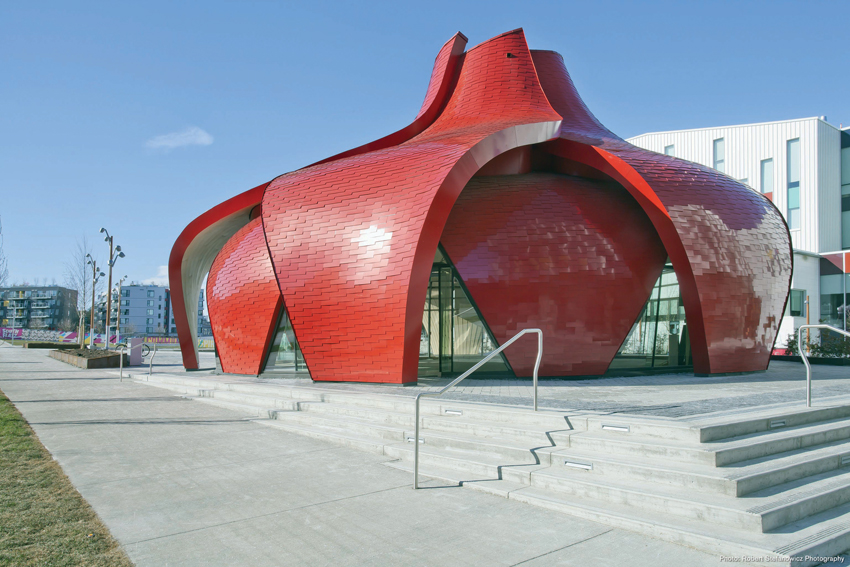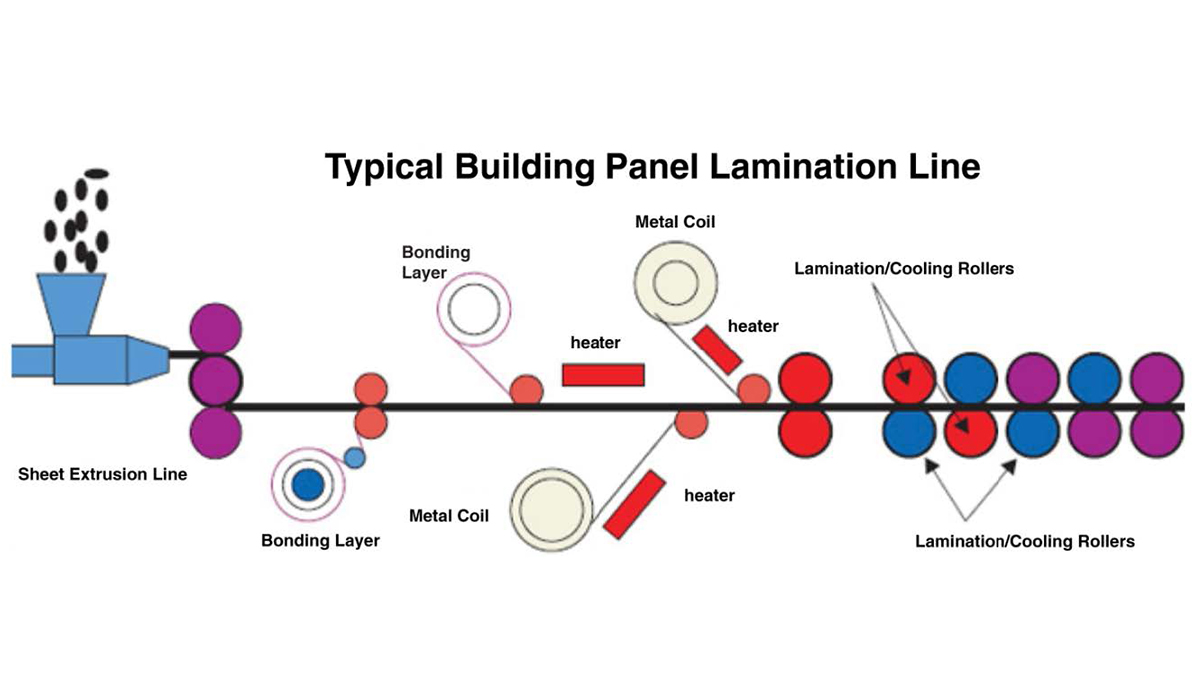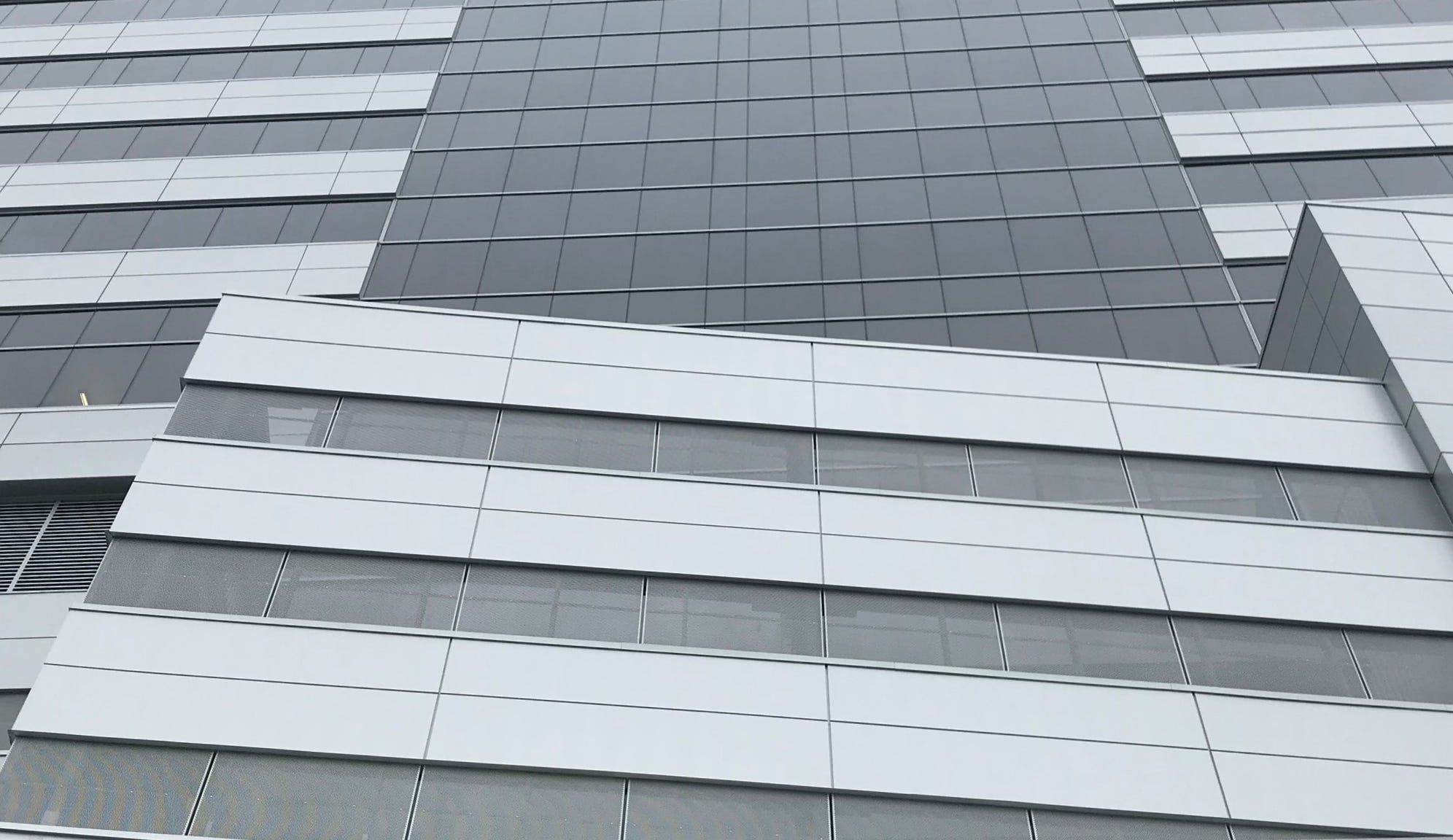Faced with an updated test protocol for fire propagation, metal composite material cladding is passing the test
Cladding Safety with Metal Composite Material (MCM) and the NFPA 285-19
Learning Objectives:
- Differentiate between metal composite materials made with a flame-retardant (FR) core and MCMs with a standard core (typically polyethylene (PE)), and how the two products respond to fire.
- Review the history and details of the NFPA 285 test for flame propagation in wall assemblies, and the new sample construction requirements added to the 2019 version.
- Evaluate the circumstances under which an exterior wall assembly is subjected to the NFPA 285 testing requirement.
- Compare different kinds of weather-resistive barriers and insulation, and how they impact the full assemblies’ ability to pass the NFPA 285 test.
- See how Engineering Judgements can be an acceptable alternative to NFPA 285 testing.
The demand for high-performance, durable, aesthetically pleasing, and energy-efficient buildings has led to building envelope designs that incorporate combustible materials such as cladding, insulation, and weather-resistant barriers.
Charged with protecting the public health and safety of building occupants and providing safeguards from hazards associated with the built environment, the International Building Code (IBC) mandates all building systems and materials meet prescribed requirements and undergo relevant testing.
The IBC outlines the minimum requirements to protect the public health and safety of building occupants, while avoiding both unnecessary costs and preferential treatment of specific materials or methods of construction. A large portion of the code deals with fire prevention and mitigating fire risk.




